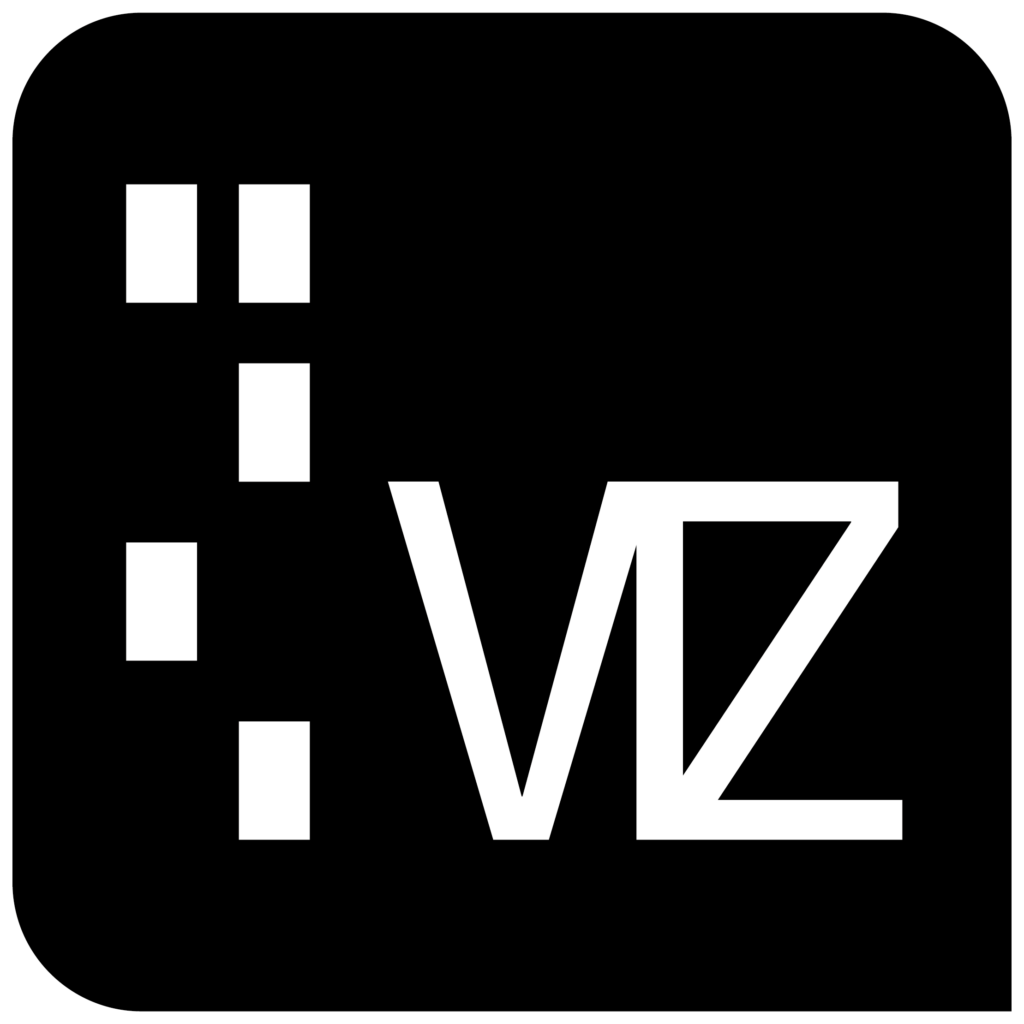Introduction:
In the realm of carried out mathematics, Convolutional Neural Communities (CNNs) have emerged to be a revolutionary force, reshaping just how we approach complex concerns in image recognition, organic language processing, and above. This article explores the significant impact of CNNs to the landscape of applied arithmetic, showcasing their versatility, innovative architecture, and transformative computer software.
The Genesis of CNNs: Bridging Mathematics and Machines Learning
The journey will begin at the intersection of mathematics and machine learning, where CNNs find their genesis. Conceived as a specialized sensory network architecture, CNNs leveraging mathematical principles, particularly convolution, to process and analyze data in a way that mirrors our visual system. The foundation of CNNs lies in the mathematical procedures of convolution and pooling, enabling them to recognize classy patterns in data.
Numerical Architecture: The Core about CNNs
At the heart of CNNs lies a mathematical buildings designed to handle multidimensional facts, such as images and sequences. Convolutional layers, the building block of this architecture, systematically use filters to input files, detecting features and habits. Pooling layers follow, bringing down spatial dimensions and capturing essential information. The mathematical elegance of this architecture allows CNNs to efficiently method large datasets, making them ideal for tasks like image category and object detection.
Convolutional Layers: Mimicking Visual Opinion
Convolutional layers within CNNs are inspired by the people visual system. By convolving filtration with input data, those layers detect hierarchical functions, mirroring the way the human brain appreciates shapes and patterns. The particular mathematical convolution operation is at the core of this progression, allowing CNNs to extract essential information from photos and other complex datasets.
Associating Layers: Down-Sampling with Mathematical Precision
Pooling layers with CNNs, often employing potential pooling, play a vital role around down-sampling. This mathematical function enhances the network’s efficiency just by reducing spatial dimensions even while retaining key features. Insureing layers contribute to the network’s power to recognize patterns at a variety of scales, making CNNs solid in handling diverse along with intricate data.
Feature Hierarchies: Mathematical Abstraction in CNNs
CNNs build intricate attribute hierarchies through successive cellular levels of convolution and gathering. The mathematical abstraction achieved in these hierarchies allows often the network to learn increasingly difficult and abstract representations on the input data. This hierarchical feature learning is a legs to the power of mathematical abstraction in enabling CNNs to comprehend and interpret intricate behaviours.
Transfer Learning: Leveraging Numerical Knowledge
One of the unique benefits of CNNs lies in their particular ability to transfer learned awareness from one task to another, a perception known as transfer learning. The mathematical representations of benefits learned during training during one dataset can be applied to innovative, similar tasks. This proficiency in knowledge transfer helps make CNNs versatile tools inside a wide array of applications, with medical image analysis for you to autonomous vehicles.
Mathematics along with Image Recognition: Unraveling Habits
CNNs have revolutionized graphic recognition by unraveling complicated patterns in visual facts. The mathematical precision in the convolutional layers allows CNNs to discern features, styles, and textures, enabling applications such as facial recognition, problem detection, and scene knowing. The ability to learn hierarchical models of visual information has propelled CNNs to the front of computer vision.
Healthy Language Processing: Transcending Visible Data
Beyond images, CNNs have transcended into the likeness of natural language application (NLP). Mathematical operations have got initially designed for visual data files are repurposed to approach and understand sequential data, such as text. CNNs inside NLP excel in jobs like sentiment analysis, record classification, and language interpretation, showcasing their adaptability around diverse datasets.
Limitless Prospects: Applications in Medicine and Beyond
The impact of CNNs extends far beyond typical domains. In medicine, CNNs analyze medical images, facilitating in diagnoses and therapy planning. They contribute to breakthroughs in drug discovery, state modeling, and even art formation. The mathematical prowess inlayed in CNNs opens doorways to limitless possibilities, making them indispensable tools in an assortment of scientific and industrial apps.
Challenges and Future Frontiers: A Mathematical Exploration
Because CNNs continue to push often the boundaries of applied math, challenges and future frontiers emerge. Researchers delve into interpretability, seeking to understand the mathematical thought behind CNN decisions. The actual mathematical exploration extends to boosting efficiency, reducing computational fees, and developing even more classy architectures. The journey associated with CNNs in applied math is dynamic, and the mathematical community is at the thoughts of unraveling its ins and outs.
Conclusion:
Convolutional Neural Marketing networks stand as a testament for https://www.dmxzone.com/support/13984/topic/73525/ the synergy between mathematics and also machine learning. Their revolutionary impact on image recognition, natural language processing, and varied scientific applications highlights the main transformative potential of statistical principles in solving sophisticated problems. As CNNs always evolve, the landscape associated with applied mathematics is reshaped, opening avenues for originality, discovery, and mathematical exploration in the ever-expanding realm with artificial intelligence.
